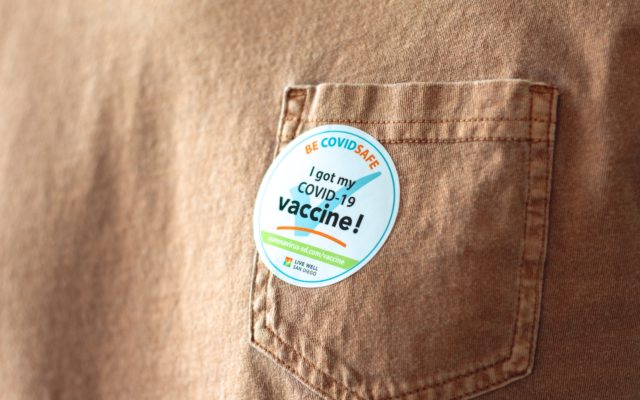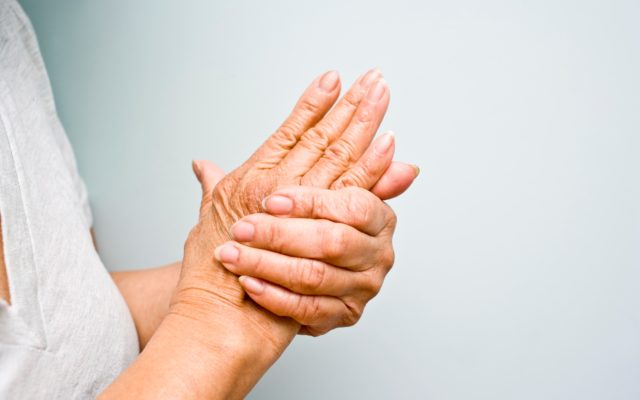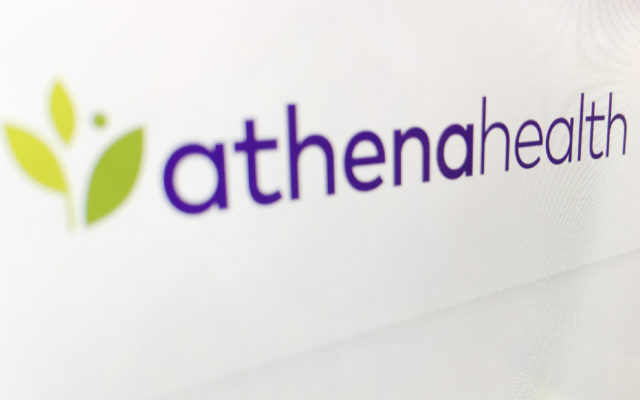
New GE Senographe Pristina is Latest Mammography Technology at Oaklawn - Q&A with Julie Holley, Lead Technologist
Oaklawn Hospital recently purchased a GE Senographe Pristina machine, adding to the list of options available for women in need of a mammogram. Julie Holley, Lead Technologist, discusses the benefits of Pristina and why this technology is so exciting in the world of mammography.
What different options are available to women when they come to Oaklawn for a mammogram?
Right now, we have a 2-D or 3-D mammogram available. Not all insurances are paying for 3-D, so we give women a choice when they come in. We educate them about why they would want a 3-D mammogram, but we ultimately let them choose.
What’s the difference between a traditional 2-D mammogram, 3-D and ABUS?
A 2-D mammogram is what we’ve done traditionally for the past 30-40 years. 3-D is fairly new in medicine and I believe has been around for the last 10 years. Oaklawn has had 3-D technology since 2015. The 3-D mammogram is for anyone who wants to have it, but it’s especially beneficial for people who have any dense breast tissue.
How is dense breast tissue categorized?
We categorize dense breast tissue in four ways:
- A is mostly fatty tissue and 25% or less of the breast is dense.
- B is 25-50% dense tissue in the breast.
- C is 50-75% dense tissue.
- D is 75% dense tissue or more.
The 3-D mammogram is especially beneficial for anyone in the B, C or D category. It layers the breast tissue for the radiologist to look through, which gives them anywhere from 50-70 pictures per image to look at in the breast tissue.
3-D Tomosynthesis is very similar to a CT scan that layers out whatever body part it’s looking at. So a 3-D mammogram does the same thing, it layers out the breast tissue. It’s kind of like looking through the pages of a book.
ABUS is actually a 3-D ultrasound. It’s not X-ray at all and it’s used for women with dense breast tissue. In order to qualify to have an ABUS done you need to be at least 50% dense or more.
How does a woman know which type of mammogram is best for her?
Because we only know breast density when a person has a mammogram, you can’t really determine that before the first mammogram. A physician might try to determine that in a clinical exam, but we really don’t know before we do a mammogram how much denseness is in their breast. If they’ve had a mammogram in the past, then we have those records and can educate them on which mammogram would be best for them.
What is the latest mammogram technology that Oaklawn has added?
Oaklawn recently added a GE Senographe Pristina. With the old machine, we were having to do a 2-D image and a 3-D image when we were doing a mammogram and a patient wanted 3-D. This meant that the patient had two separate images for each breast. The Pristina machine that we have now takes one 3-D image and compiles all of the information from the 3-D image into a 2-D picture for the radiologist to look at. It’s called a synthesized 2-D image. You’re getting a lot less radiation, the exposure is a lot faster (women don’t have to be in compression nearly as long) and it gives beautiful pictures. I love the ease for the patient, the ease for the technologist and the ease for the doctor reading the image.
We also purchased software that goes along with this machine. The biggest difference between what we had before and what we have now for the radiologists reading the mammograms is we now have what’s called iCAD Profound AI (artificial intelligence). We had iCAD reading on the 2-D images before, but with the profound AI we now have the iCAD readings on all of the 3-D slices that we do.
What iCAD does is it marks all of the areas of interest that the radiologist needs to pay attention to. If they have an iCAD reading on a particular layer in their 3-D image, they can also see how that correlates in their synthesized 2-D image. It gives them a better idea of where something might be located in the breast that we need to take a closer look at, have the patient come back and do some additional imaging. We didn’t have that capability before, but with this machine it gives the doctors a heads up as to what they’re looking at.
We also have a software that gives the technologists feedback. It grades their positioning and the amount of compression used on a patient. Compression is important because without it we get a blurry image, we don’t see cancers and we have to use more radiation. So the software gives us a target compression that’s specific to each woman. Too little compression doesn’t spread the breast tissue out far enough to be able to see through it. Whereas too much compression stops the blood flow to the cancers, so it blocks the cancers out of the image.
In the past, we found that we weren’t using enough compression on probably 70% of our patients, whereas now we’re using appropriate compression on about 70% of our patients. This is really exciting because if there’s cancer in the breast, we’re going to pick it up. With the positioning, it tells the technologist if they’re missing any part of the breast. There’s certain criteria we have to meet for a perfect image. Our goal is to get a good or perfect image versus a moderate or adequate image. With this technology, we have come a long way with our positioning. In fact, only 36 countries in the world have this software, and our technologists are in the top 10% for good/perfect positioning. Two of us are in the top 1% in the world. So that’s something to be really excited about and something for women to really think about when they have a mammogram done.
Is a Pristina mammogram suitable for everyone or just specific patients?
Anyone can have it! We encourage even more women now to have a 3-D mammogram because it isn’t as much radiation with this new machine.
Regardless of the type of mammogram a woman wants, does she need a referral?
At Oaklawn, the patient doesn’t necessarily need to have an order from a doctor. They can come in as a self-referral as long as they have seen a doctor in the last year. Medicaid will tell us that every patient needs to have an order whether it’s screening or diagnostic. If a patient comes in with an issue, that’s called a diagnostic mammogram and in that case they would need to have an order from their doctor, but the doctors don’t need to order 3-D and they don’t need to order the ABUS. If someone wants 3-D, we just tack that onto the order. For ABUS, if they qualify, the radiologist that’s reading that day will actually write the order for it.
Why should women come to Oaklawn to get their mammogram?
With our caring staff, decrease in exposure for mammograms and our top-of-the-line technology, I think this is the place to go at this time.
If someone’s interested in learning more about their screening options, where should they go?
Patients can always call the women’s diagnostic center at (269) 789-8982 or click here to learn more.

